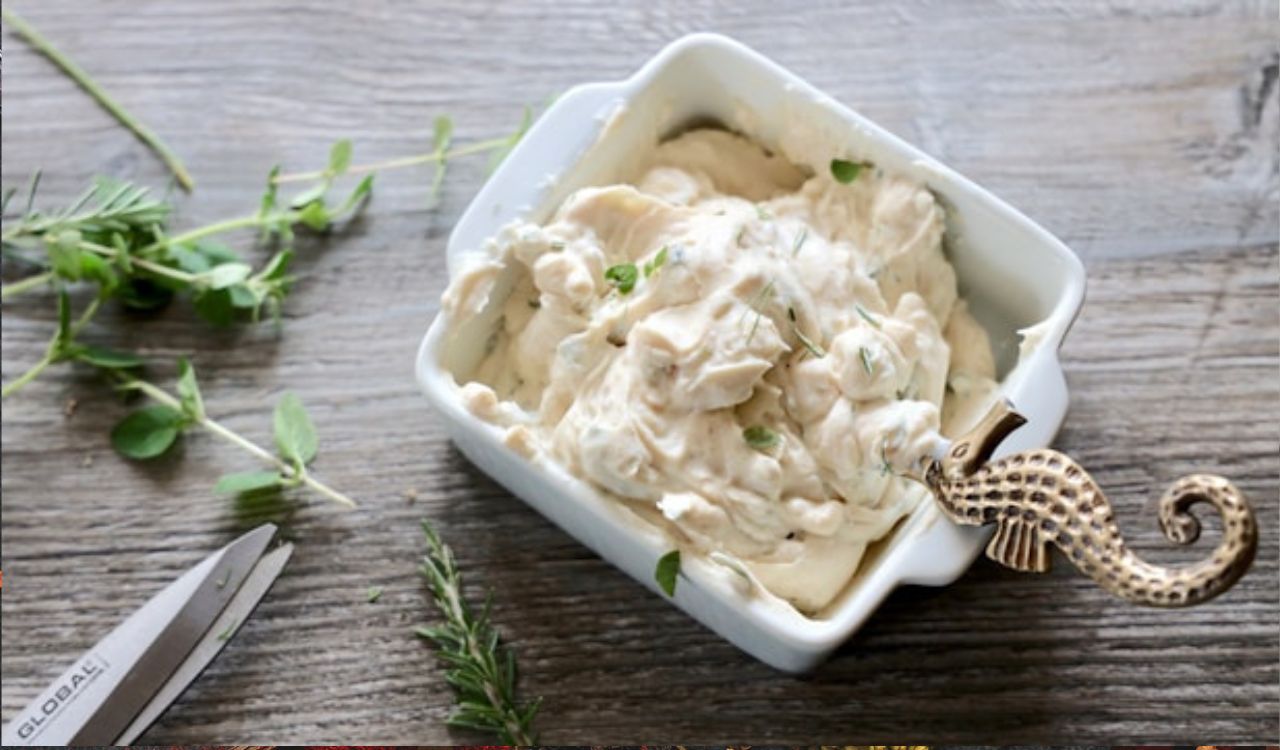15 Fun Facts About Ice Cream History You Probably Didn’t Know

A treat with a rich, diverse, and intriguing past as intriguing as its flavors, ice cream is more than just a frozen dessert. Ice cream’s journey is full of twists, surprises, and delicious innovations, from ancient tales of royalty’s craving for cold sweets to technological advancements that made it accessible to everyone. These 15 interesting historical facts about ice cream—some well-known, some less so—help to explain the origins of this popular dessert.
1. Ice Cream Began With Snow, Fruit & Honey in Ancient Times

People used snow or ice to chill sweetened concoctions of fruit, honey, and occasionally milk or cream long before modern freezers were invented in ancient China, Persia, and the Roman Empire. Only in places where ice or snow could be collected and stored—often with considerable effort—were these early treats feasible. To maintain ice during the sweltering summers in Persia, specialized ice houses known as yakhchals were constructed. These early varieties had an icy, coarse, or slushy texture because they weren’t churned like contemporary ice cream, but they were still delicious to those who could get their hands on them.
2. The Role of the Arab World in Refining Frozen Desserts

Arab cultures made significant strides in the Middle Ages, introducing sugar on a large scale, experimenting with flavored syrups, and creating what we now refer to as sorbet or sherbet. Ice treats were flavored with fruit juices, nuts, spices, and flower waters (orange blossom, rose). Through trade, these inventions proliferated and impacted dessert customs throughout Europe.
3. China’s Early Ice Cream‑Like Desserts Were Ahead of Their Time

Treats made of frozen milk or cream combined with other ingredients, occasionally even camphor as a flavor or additive, were popular in China during the Tang dynasty (618 907 AD). Ice was imported or stored, and metal tubes could be used to freeze items. Due to the difficulty of obtaining and preserving ice during the warm months, these desserts were only served to the aristocracy or royalty.
4. Ice Cream Reached Europe via Italy & Royalty
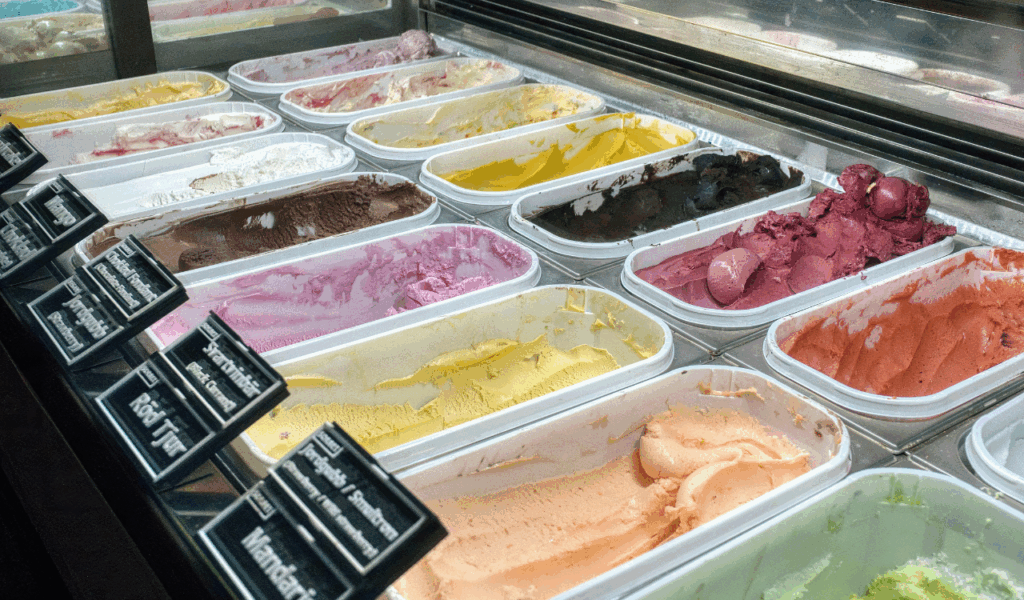
By adding cream, refining sugar, and developing smoother textures, Italy significantly contributed to the transformation of frozen treats into something more akin to contemporary ice cream. One well-known tale is that in the 16th century, Catherine de’ Medici brought Italian cooks with her when she moved to France from Italy as part of a royal marriage, which helped French cuisine adopt frozen dessert techniques. These desserts left the court and entered the public domain as refrigeration and ice became more widely accessible.
5. Thomas Jefferson’s Vanilla Ice Cream Isn’t Just Legend
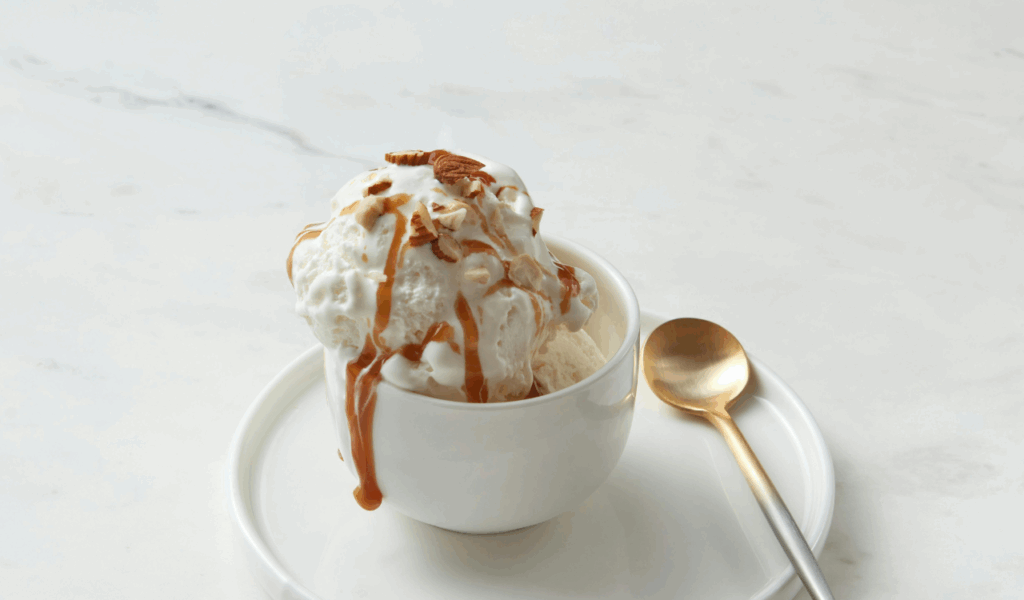
There is some truth to the claim that Thomas Jefferson was among the first Americans to enjoy ice cream. He had ice cream served at official events and wrote down a recipe for it that called for cream, sugar, and eggs. However, prior to Jefferson’s presidency, ice cream was already being consumed in the American colonies. His recipe has been preserved, and the methods he employed were a reflection of the technological state of his day as well as European influence.
6. The Hand‑Cranked Freezer Changed Everything
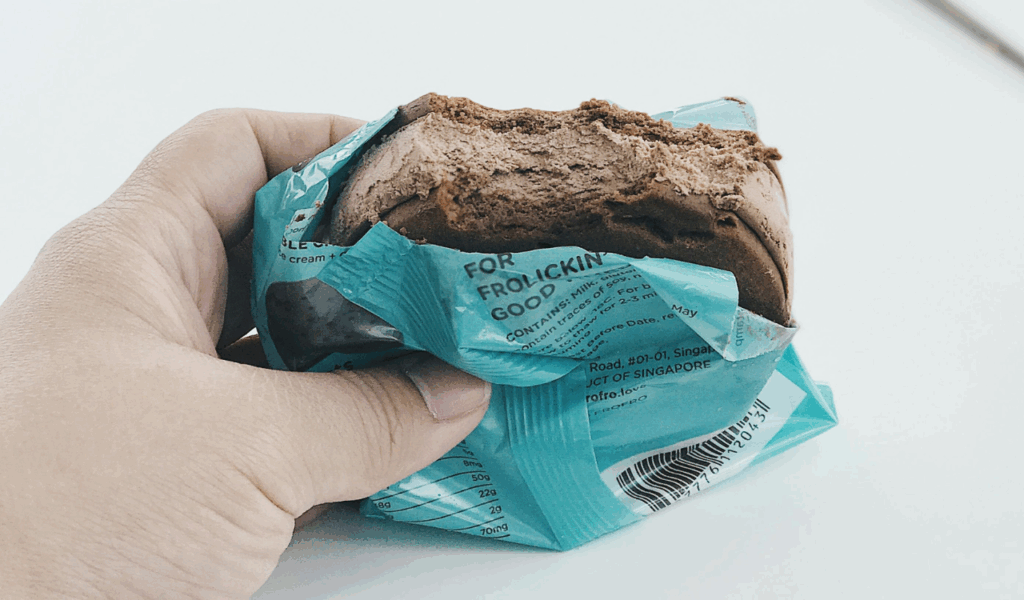
A hand-cranked ice cream freezer, sometimes referred to as a “artificial freezer,” was created in 1843 by Nancy Johnson in the United States. By decreasing the formation of large ice crystals, this tool significantly improved texture by enabling users to churn ice cream in smaller batches with greater control. People could now make smoother ice creams at home, whereas chilling was less reliable before.
7. The Rise of Commercial Ice Cream Production

Ice cream went from being a luxury treat to a mass-produced commodity as refrigeration technology and equipment improved. Ice cream factories first appeared in the 19th century. For instance, one of the first large-scale factories was established in 1851 by Jacob Fussell in Baltimore, USA, which led to a wider distribution of ice cream. Ice cream was made available to people living far from cities thanks to improved manufacturing, storage, and transportation.
8. The Ice Cream Cone: Myth vs. Reality

There are numerous claimants in the hazy origin story of the ice cream cone. One well-known story links its inception to the 1904 St. Louis World’s Fair, where ice cream vendors, mostly due to a shortage of dishes, served their ice cream on waffle cones. However, before then, there were cones or edible containers that resembled cones. In the late 1800s, people were experimenting with edible cups, as evidenced by patents for biscuit cup devices and molds. Therefore, even though the cone gained popularity at the World’s Fair, it was probably not invented there.
9. The Ice Cream Sundae Has a Legal & Cultural Backstory

According to one of the legends, the ice cream sundae was created as a result of the United States’ “blue laws,” which prohibited the sale of soda on Sundays. In order to comply with regulations, dessert shops and drugstore soda fountains started selling ice cream topped with sauce or syrup instead of soda, which gave rise to the sundae. Although different cities have different versions of this origin story, there is a clear connection between culinary innovation and social and legal restrictions.
10. Freeze‑Dried / Astronaut Ice Cream & Novelty Variations

New types of ice cream appeared in the middle of the 20th century. For instance, freeze-dried ice cream—which is extremely light and won’t melt—was created for space travel or novelty consumption. These developments demonstrate that ice cream is about more than just flavor; it’s also about form, technology, and experience, even though they are frequently more of a curiosity than a necessity. Additionally, over time, a variety of unusual flavors—such as herbs, spices, and savory flavors—have surfaced, frequently as gourmet or experimental choices.
11. Kulfi and Other Regional Classic Ice‑Cream Styles Are Ancient and Distinct
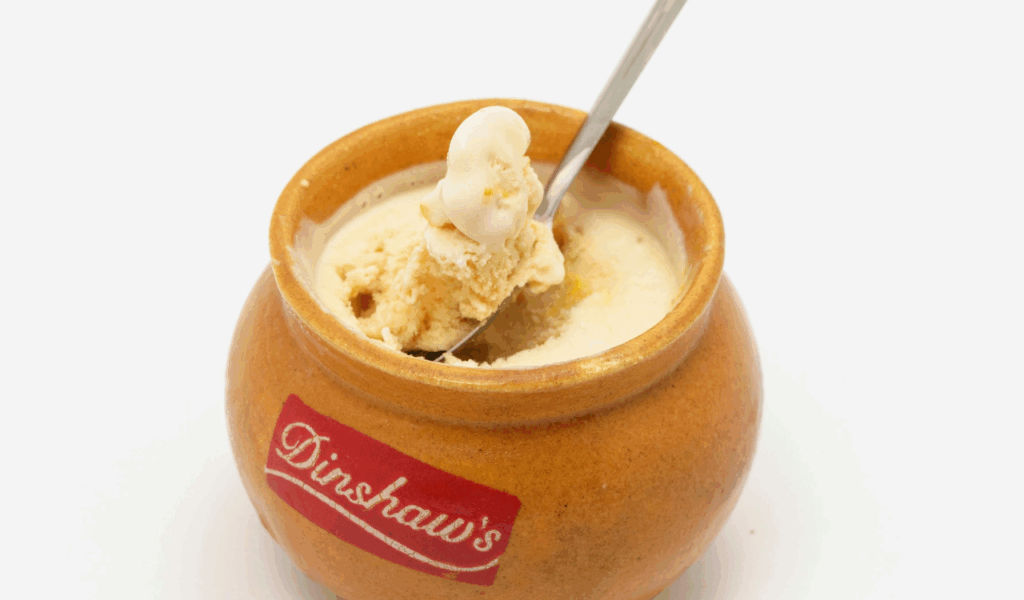
Desserts from the Indian subcontinent, such as kulfi, belong to the same family as ice cream but have different preparation, texture, and history. Since Kulfi isn’t churned, it’s denser and melts more slowly than regular churned ice cream. It uses dense, sweetened milk that is frequently flavored with saffron, cardamom, pistachio, rose, etc. It began in India during the 16th-century Mughal era.
12. Vanilla: The Flavor That Lasts
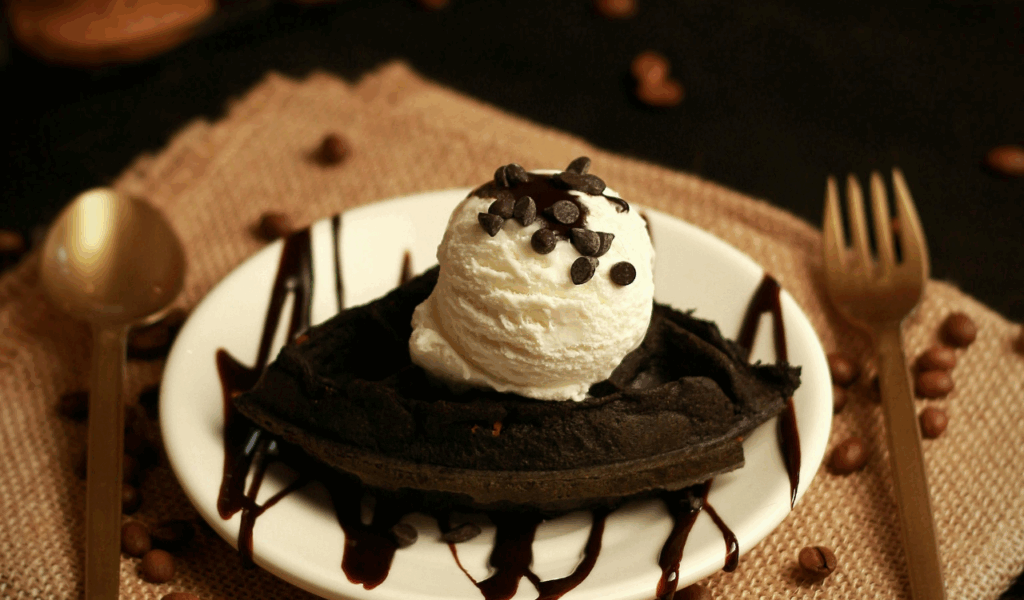
Vanilla (or its equivalent extract/flavoring) is still one of the most widely used, safe, and well-liked flavors both historically and currently, despite the emergence and disappearance of numerous exotic flavors. Its adaptability—it complements fruit, chocolate, and sauces well and adds depth without taking center stage—contributes to its enduring appeal. Vanilla is typically one of the classics that people purchase. Vanilla is frequently listed as one of the most popular flavors worldwide in market research and surveys.
13. Ice Cream Through Wars, Economy & Social Change

The history of ice cream is intertwined with cultural changes, economic depression, and wars. For instance, ice cream was used to raise troops’ spirits during World War II. Recipes were modified during rationing because it was more difficult to obtain ingredients like milk or sugar. Premium ingredients and decadent flavors thrived during economic booms. Not only did these changes impact the flavors produced, but they also had an impact on distribution, packaging, and access.
14. Brands & Marketing: Names, Perceptions, and Premium Positioning

Some of the most well-known ice cream companies of today have carefully constructed their brands. In order to convey a sense of authenticity and superior quality, Häagen Dazs, which was established in the middle of the 20th century, for example, uses a name that evokes European tradition even though it has no meaning in any European language.In many markets, the ice cream itself is no longer as important as marketing, packaging, texture (such as richer dairy, lower air content), and flavor profiles.
15. Celebrations & Commemorations: National Ice Cream Month and Beyond
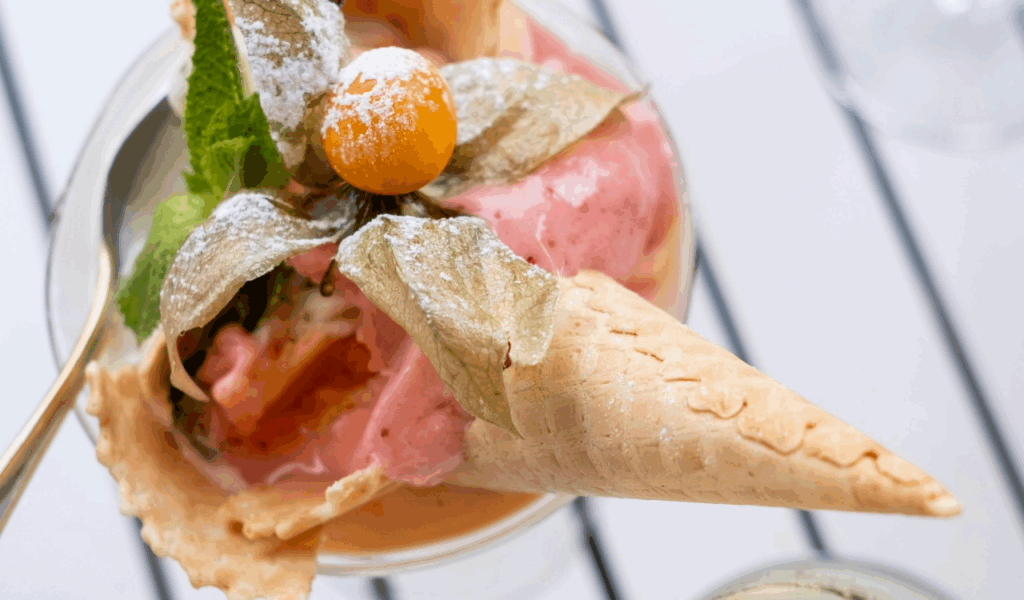
Ice cream is celebrated rather than merely consumed. A 1984 proclamation established July as “National Ice Cream Month” and July’s third Sunday as “National Ice Cream Day” in the United States. These festivities are more than just enjoyable; they honor the cultural, commercial, and everyday uses of ice cream as a treat. Seasonal flavors, fairs, festivals, and specialty stores all capitalize on this cultural significance.

